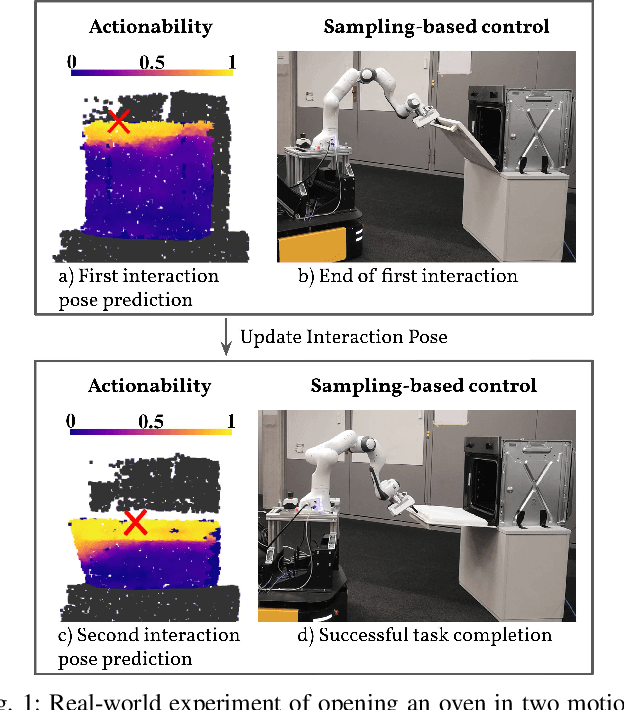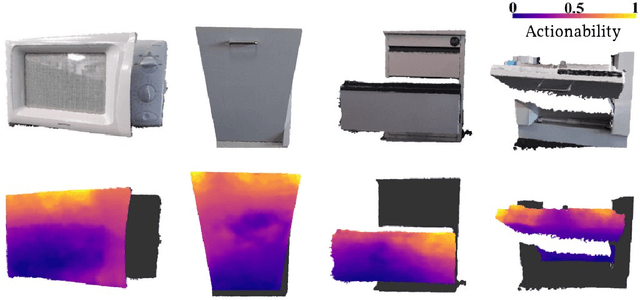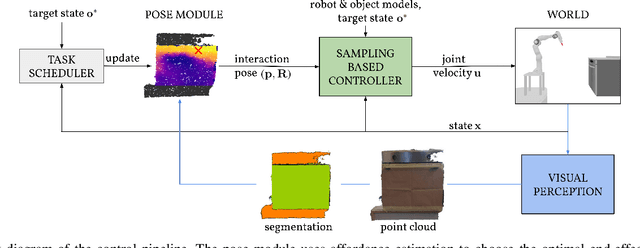Giulio Schiavi
Open X-Embodiment: Robotic Learning Datasets and RT-X Models
Oct 17, 2023



Abstract:Large, high-capacity models trained on diverse datasets have shown remarkable successes on efficiently tackling downstream applications. In domains from NLP to Computer Vision, this has led to a consolidation of pretrained models, with general pretrained backbones serving as a starting point for many applications. Can such a consolidation happen in robotics? Conventionally, robotic learning methods train a separate model for every application, every robot, and even every environment. Can we instead train generalist X-robot policy that can be adapted efficiently to new robots, tasks, and environments? In this paper, we provide datasets in standardized data formats and models to make it possible to explore this possibility in the context of robotic manipulation, alongside experimental results that provide an example of effective X-robot policies. We assemble a dataset from 22 different robots collected through a collaboration between 21 institutions, demonstrating 527 skills (160266 tasks). We show that a high-capacity model trained on this data, which we call RT-X, exhibits positive transfer and improves the capabilities of multiple robots by leveraging experience from other platforms. More details can be found on the project website $\href{https://robotics-transformer-x.github.io}{\text{robotics-transformer-x.github.io}}$.
Learning Agent-Aware Affordances for Closed-Loop Interaction with Articulated Objects
Sep 14, 2022



Abstract:Interactions with articulated objects are a challenging but important task for mobile robots. To tackle this challenge, we propose a novel closed-loop control pipeline, which integrates manipulation priors from affordance estimation with sampling-based whole-body control. We introduce the concept of agent-aware affordances which fully reflect the agent's capabilities and embodiment and we show that they outperform their state-of-the-art counterparts which are only conditioned on the end-effector geometry. Additionally, closed-loop affordance inference is found to allow the agent to divide a task into multiple non-continuous motions and recover from failure and unexpected states. Finally, the pipeline is able to perform long-horizon mobile manipulation tasks, i.e. opening and closing an oven, in the real world with high success rates (opening: 71%, closing: 72%).
 Add to Chrome
Add to Chrome Add to Firefox
Add to Firefox Add to Edge
Add to Edge